How can we distinguish anxiety from developmentally appropriate concerns?
-Elementary students go through stages marked by certain fears (the dark, monsters, natural disasters)
-Anxiety is present when it "gets in the way of normal functioning" and involves "extensive avoidance, causes distress, and impacts a child's emotional, social, and academic progress" (Reilly, 36)
How would a student with an anxiety disorder present in the classroom?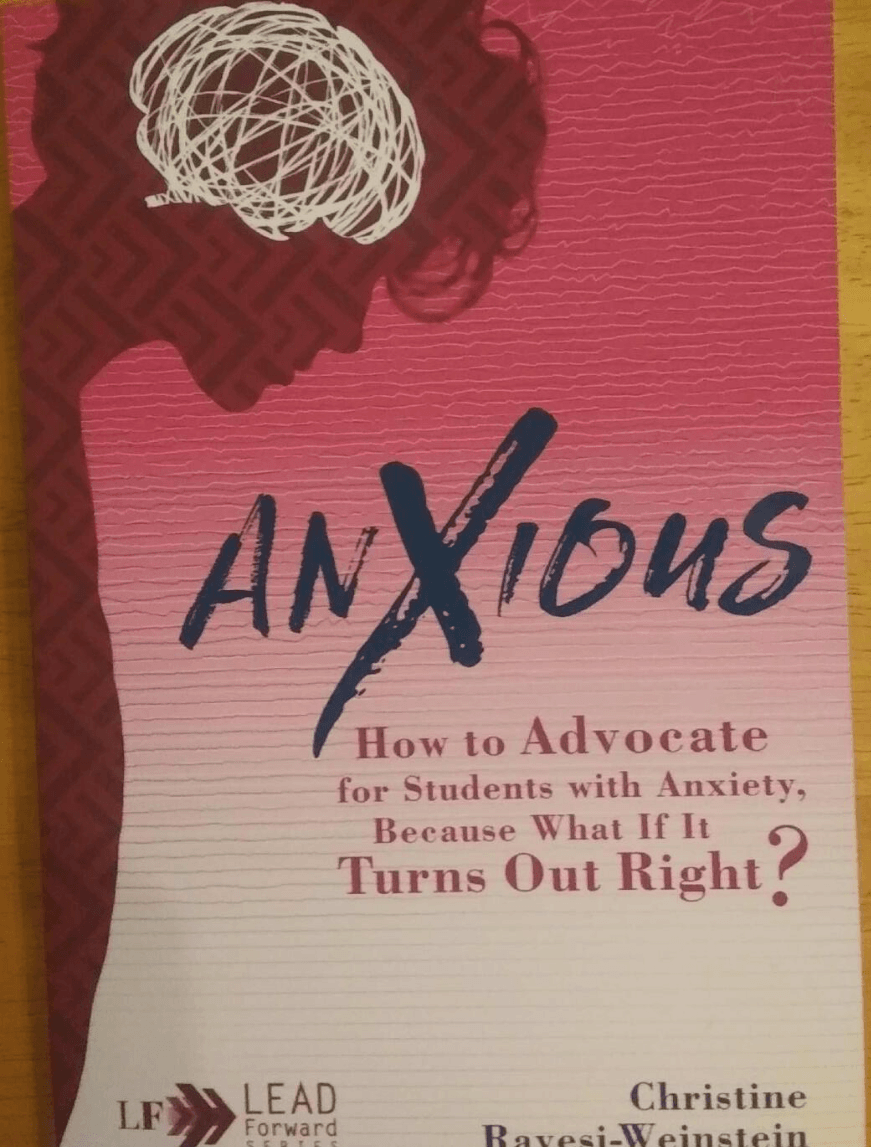
Some behaviors that may be exhibited include:
-avoidance: avoiding social situations or anything that promotes fear
-withdrawing from peers
-asking for reassurance
-ruminating: "what if" thoughts
-difficulty concentrating
-taking extra time for tests and assignments
-some students might act out in frustration
The first branch of UDL is Engagement. What are some Engagement strategies that would benefit students with anxiety?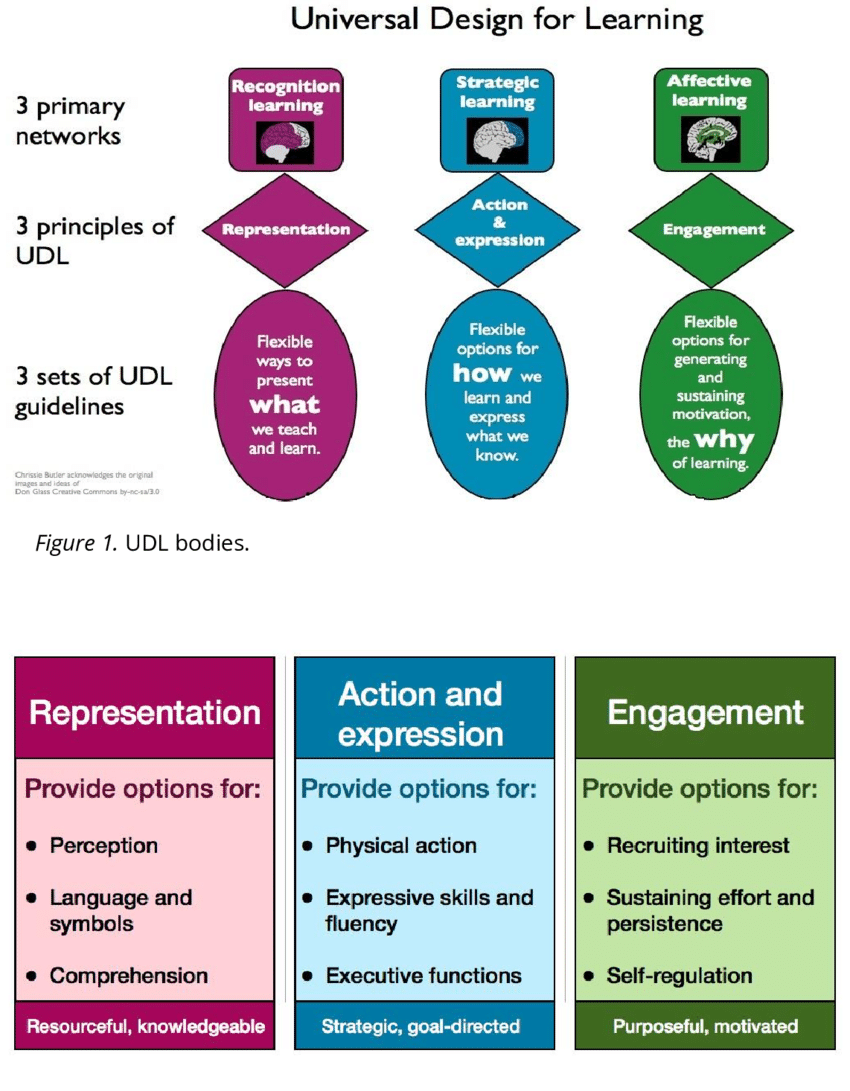
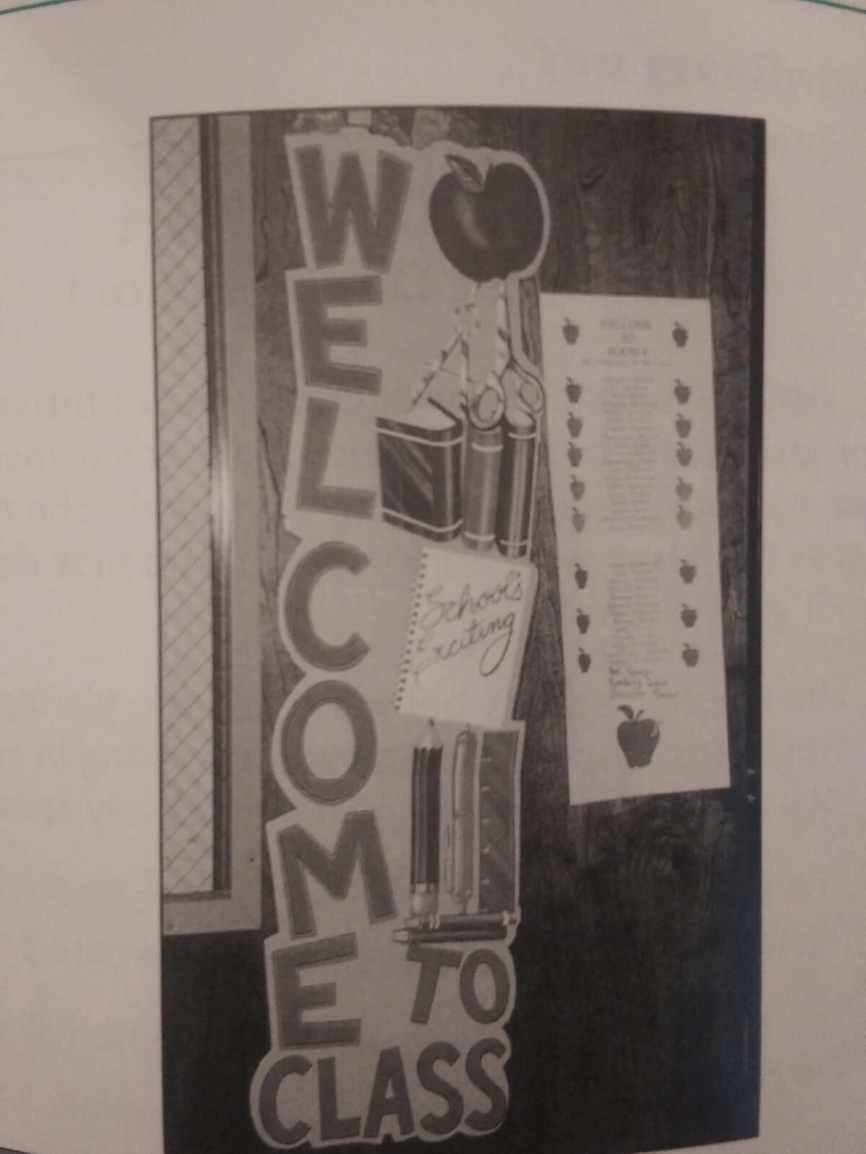 By greeting students at the door and giving them an immediate warm-up activity (posted on the board), students will feel both welcome and engaged in their environment. In addition, having clear routines and expectations will be conducive to a productive, engaged classroom.
By greeting students at the door and giving them an immediate warm-up activity (posted on the board), students will feel both welcome and engaged in their environment. In addition, having clear routines and expectations will be conducive to a productive, engaged classroom.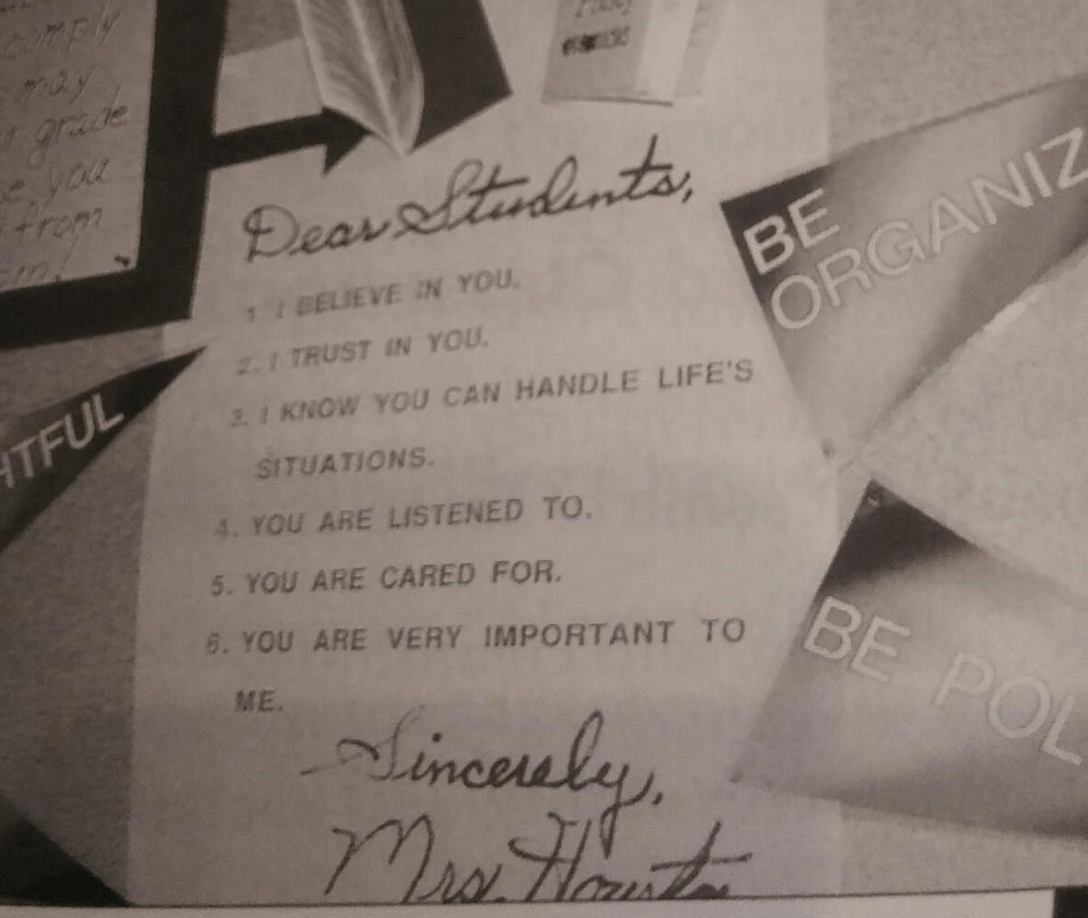
What are some activities that could help all students feel calmer and more secure in their environment?
1) For younger students:
"Stop Those Thoughts," sensory boxes, worry stones, art gallery, manipulatives
-For older elementary students: Surfboard, Here's My Card, Thank You Notes, Peer Leadership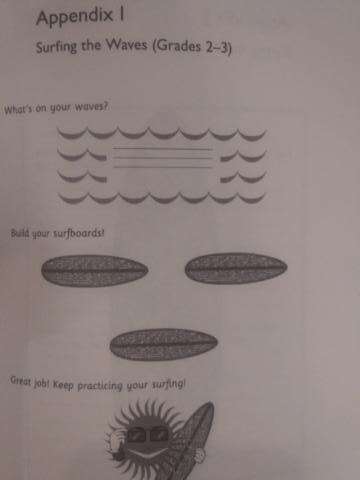

Who should be communicating to ensure students with anxiety can be successful in the classroom?
Teachers, administrators, parents, clinicians, and special educators can all collaborate to find solutions that help students with anxiety succeed.
What is generalized anxiety disorder (G.A.D.)?
The "core feature of this disorder is excessive anxiety and worry, for most of the time, about a number of events or activities" (Reilly, 65)

What kinds of accommodations can be made in the classroom for students with anxiety?
There are several accommodations that can be made pertaining to different aspects of class, including:
Emotional Support-supporting desensitization plans (under the guidance of a clinician/ may include exposure therapy)
-allowing students to use calming objects
-allowing time to check in with a specialist at the school/ encouraging the use of coping strategies
Classroom Routines-providing clear structure and expectations/ offering advance notice for transitions or changes in scheduling
During Lessons-giving movement breaks or errands for students to run
-using multiple modalities for instruction
-dividing assignments into smaller segments
-enlisting the help of study buddies or peer tutoring
-offering testing accommodations (such as allowing extra time, providing relaxation tips before tests)
(https://www.understood.org/articles/en/at-a-glance-classroom-accommodations-for-anxiety)
(Reilly, 138)
How can the Representation branch of UDL benefit these students?
By differentiating material and using different modalities (discussions, illustrations, videos, reading activities, movement games), students will feel less anxious that they will not be able to access the content.
What are some ways to promote empathy in the classroom?
-Debbie Silver's Name Game, Car Wash, and From the Heart activities
What are some helpful tips for promoting positive peer relationships and anti-bullying practices in our classes?
Lesley University has a helpful section on anti-bullying techniques, including using stories and discussions to promote empathy, modeling positive interactions as teachers, being attentive, building community in schools, and directing and practicing conflict resolution (https://lesley.edu/article/6-ways-educators-can-prevent-bullying-in-schools).
What are the major characteristics of G.A.D.?
-Students may experience physical symptoms such as increased heart rate, fatigue, trouble sleeping, or stomach aches
-Emotional symptoms include feeling restless, ruminating, being withdrawn, and avoiding certain new or challenging situations (Reilly, 63)
What are some examples of academic and behavioral goals for these students?
-One sample overarching goal could be for the student to initiate tasks and use coping strategies to manage anxiety in the classroom.
-A specific objective related to that could be for the student to be able to use a taught calming strategy (such as a breathing exercise or movement break) to refocus without prompting in 4 out of 5 opportunities.
-A more socially driven goal could involve seeing the student be able to take turns with peers or initiate conversations during group work in 4 out of 5 opportunities.
How could Action and Expression principles be helpful?
One strategy would be to use movement in class, which helps students redirect when they are stuck in a cycle of rumination. Also, having a choice of a final project allows students to feel relieved that they will be able to accentuate their strengths and do something more comfortable for them.
What are some other ways to build a sense of community and promote positive attitudes among our students?
-Outdoor activities, participating with students
-Community service projects
What are some helpful resources regarding supporting students with anxiety?
1) Anxiety and Depression in the Classroom by Nadja Reilly
2) Anxious: How to Advocate for Students with Anxiety by Christine Ravesi-Weinstein
3) The First Days of School by Harry Wong
4) Drumming to the Beat of Different Marchers by Debbie Silver
5) The Complete Learning Disabilities Handbook by Joan M. Harwell and Rebecca Williams Jackson
6) "Classroom Accommodations for Anxiety" by Amanda Morin (https://www.understood.org/articles/en/at-a-glance-classroom-accommodations-for-anxiety)
7) "6 Ways Educators Can Prevent Bullying in Schools" from Lesley University (https://lesley.edu/article/6-ways-educators-can-prevent-bullying-in-schools)